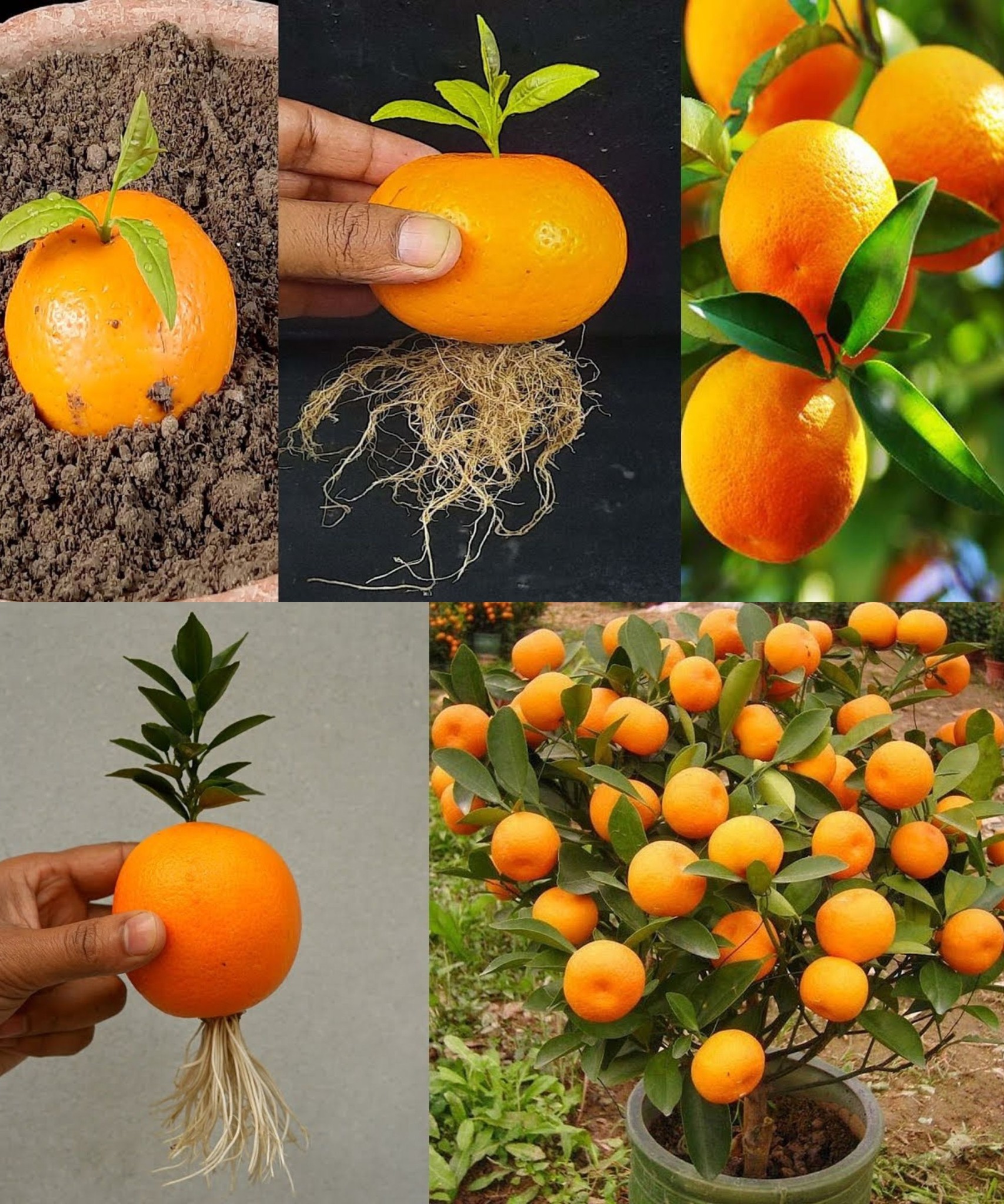Tangerines, a delightful citrus fruit with a sweet and tangy flavor and a captivating aroma, are not only a culinary delight but also offer valuable health benefits, owing to their rich antioxidant and vitamin C content. For those seeking to enjoy fresh, organic mandarins, cultivating a mandarin tree at home is a practical and straightforward endeavor, even for novice gardeners. This guide will comprehensively outline the process of growing tangerines at home, ensuring a steady supply of pesticide-free, homegrown goodness.

It’s crucial to differentiate between mandarins and clementines. Clementines are a hybrid resulting from the cross between a mandarin and a sweet orange. Mandarins are notably sweeter and seedier than clementines and are the least acidic of all citrus fruits.
Choosing the Right Pot
Select a pot that is at least 10-12 inches in diameter and has drainage holes to prevent waterlogging. A terracotta pot is a good option, as it helps to regulate moisture levels.
Soil Preparation
Use a well-draining potting mix that is specifically formulated for citrus trees. You can also make your own potting mix by mixing equal parts potting soil, perlite, and sand.
Planting
Choose a tangerine tree that is 1-2 years old and has a well-developed root system. Gently remove the tree from its nursery pot and place it in the center of the pot. Fill the pot with soil, tamping it down gently to ensure good contact with the roots.
Watering
Water the tangerine tree thoroughly until water runs out of the drainage holes. Allow the soil to dry slightly between waterings.
Fertilizing
Fertilize the tangerine tree every 2-3 weeks during the growing season with a balanced citrus fertilizer.
Light
Tangerine trees need at least 6-8 hours of sunlight per day. Place the pot in a sunny location near a window.
Temperature
Tangerine trees prefer warm temperatures between 65-75 degrees Fahrenheit. Avoid exposing them to temperatures below 50 degrees Fahrenheit.
Pruning
Prune the tangerine tree in the spring to remove dead, diseased, or damaged branches. You can also prune the tree to shape it and encourage fruiting.
Harvesting
Tangerines are ready to harvest when they are fully colored and the rind is easily peeled. To harvest, gently twist the tangerine from the stem.
Tips
- Protect the tangerine tree from frost by bringing it indoors or covering it with a protective shelter.
- Aphids, whiteflies, and scale can be a problem for tangerine trees. If you see any pests, treat the tree with an organic insecticide or insecticidal soap.
- Tangerine trees are susceptible to root rot if they are overwatered. Avoid watering the tree too much, and make sure the pot has drainage holes.
With proper care, you can enjoy fresh, home-grown tangerines from your pot-grown tangerine tree.
